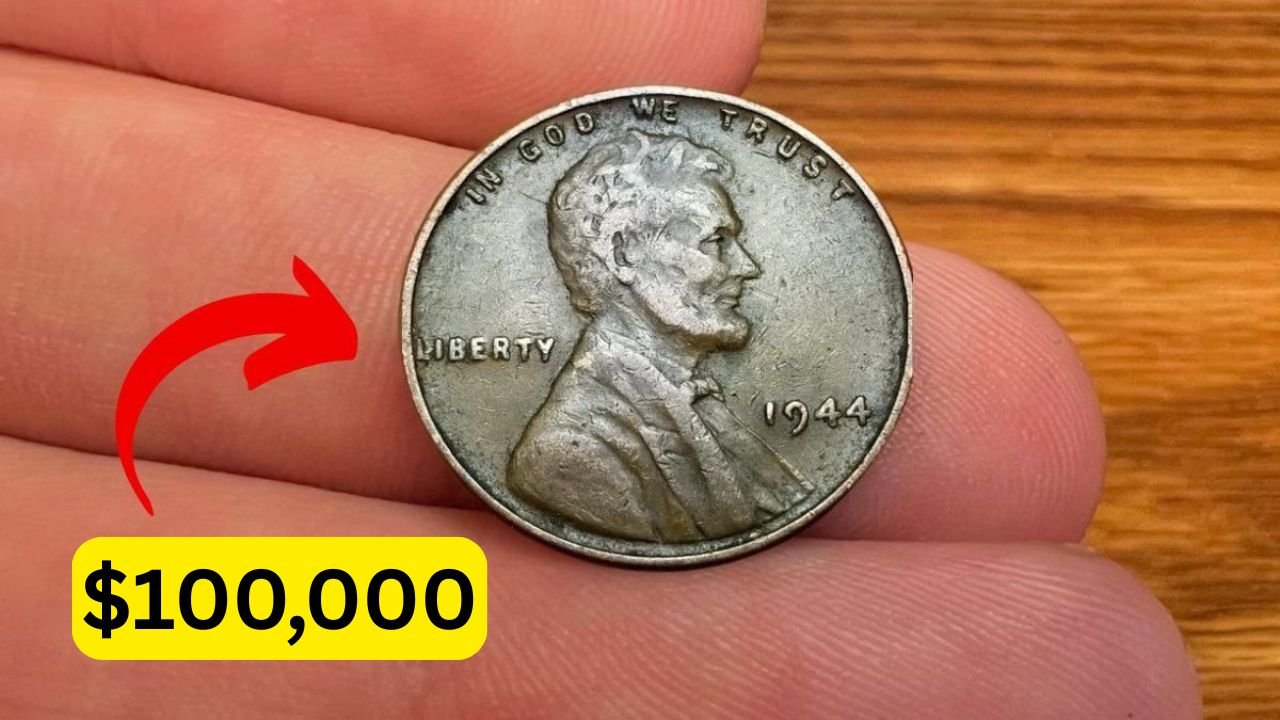A Tiny Coin with a Big Price Tag
What if the penny in your pocket was worth a fortune? The Lincoln Wheat Penny, a common copper coin still found in circulation, could be valued at up to $100,000. Introduced in 1909 to celebrate Abraham Lincoln’s 100th birthday, this penny has rare versions that collectors are eager to buy. While most are worth just one cent, certain pennies with specific years, mint marks, or errors are like hidden treasures waiting to be found in your change.
What Makes These Pennies So Valuable
The value of a Lincoln Wheat Penny depends on when and where it was made, plus its condition. Rare ones, like the 1909-S VDB, 1914-D, or 1955 Double Die, can fetch huge sums. The 1909-S VDB, minted in San Francisco with the designer’s initials (VDB), had a tiny production run, with fewer than 500,000 made. Errors, like the 1955 Double Die where the date and text appear doubled, also drive up prices. A penny in great shape, with sharp details, is a goldmine for collectors.
| Year | Mint Mark | Estimated Value |
|---|---|---|
| 1909-S | VDB | Up to $100,000 |
| 1914-D | D | Up to $75,000 |
| 1931-S | S | Up to $50,000 |
| 1955 | Double Die | Up to $80,000 |
How to Find a Rare Penny
You don’t need fancy tools to spot a valuable penny. Look at the year on the front and check for a mint mark—a small “S” or “D” under the date. No mint mark means it’s from Philadelphia. Use a magnifying glass to look for errors, like doubled letters or misaligned designs. If you find a suspicious penny, don’t clean it, as that can ruin its value. Take it to a coin shop or appraiser to confirm if it’s the real deal. It’s a simple way to start today.
Real-Life Treasure Stories
Ordinary people have found these pennies by chance. In 2020, a woman in Pennsylvania found a 1943 bronze Lincoln Wheat Penny, worth over $50,000, in a box of coins from her aunt. Another lucky finder in Texas discovered a 1969-S Double Die penny in a bank roll during the 1990s, selling it for thousands. These stories prove rare pennies are still out there, hiding in coin jars, cash tills, or even vending machine rejects. It’s a reminder to always check your change.
A Slice of U.S. History
Lincoln Wheat Pennies are more than just money—they’re a piece of America’s past. Designed by Victor David Brenner, they were the first U.S. coins to show a president. The wheat stalks on the back, gave them their name, reflect the nation’s farming heritage. Collectors love them for their history, rarity, and charm. High-grade pennies often sell for jaw-dropping prices at auctions, but even common ones from the 1910s or 1920s can be worth a few hundred dollars if they’re in good condition.
Start Hunting for Your Fortune
Next time you get change at the store, take a second look at those pennies. A Lincoln Wheat Penny worth thousands could be hiding in plain sight. Dig through your coin jars, check with relatives for old collections, or grab some penny rolls from the bank. With a little patience and a keen eye, you might uncover a coin that changes your life. Not sure if you’ve found a winner? Coin dealers or online resources can guide you. Your next handful of change could hold a $100,000 surprise.

